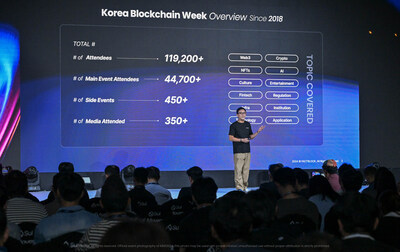As the dawn of the new era of digital currencies is upon us, the world has seen an incredible transformation in the financial ecosystem. A significant part of this economic revolution has been the introduction and rapid growth of Decentralized Finance, or DeFi, and terms like Crypto Network Bridges and Crypto Bridge Agreggator, which we will discuss later. These advancements have not only expanded the world of the digital economy but have also pioneered new ways of trading and transacting, effectively cutting traditional financial intermediaries like banks and other authorities.
Decentralizing Finance: The DeFi Protocols
Decentralized Finance (DeFi) is the antithesis of traditional banking systems and financial institutions. In the traditional and established setup, a single authority regulates and manages financial services. DeFi, on the other hand, distributes this power among its users through smart contracts on blockchain platforms like Ethereum. It aims to create an open-source, permissionless, and transparent financial service ecosystem accessible to everyone, anywhere at any time.
DeFi has made it possible to lend, borrow, trade, insure, and more, without intermediaries or central authority. DeFi eliminates the inefficiencies linked with centralized systems by replacing these traditional actors, including excessive fees, geographical limitations, fees for currency exchange, and financial exclusion. Since DeFi has made it possible for people to operate individually, the challenge of connecting them arose. The economy was in need of blockchain-based transaction services. That’s where the Bridges enter the story.
Fusing Blockchains: The Role of Crypto Network Bridges
While DeFi has democratized the financial world, one challenge still persists: the issue of interoperability between different blockchains. Here, Crypto Network Bridges come into play. A crypto network bridge, also known as a blockchain bridge, is a connection that allows the transfer of tokens and other digital assets from one blockchain to another.
These bridges are essentially blockchain-based transaction services that allow for seamless interoperability between multiple networks to work. They are not bound to a single blockchain but are rather protocols that can be leveraged across several blockchains. They serve a crucial role in promoting collaboration between different blockchains, making DeFi applications even more powerful and versatile.
Additionally, a new type of crypto network bridge, known as a crypto bridge aggregator, is gaining traction in the blockchain world. A crypto bridge aggregator combines multiple bridges into one, enabling users to transition their assets between different blockchains in a simple, easy, and cost-effective manner. It determines the most efficient route for asset transfer across multiple blockchains, reducing transaction costs and time, which is, in the end, of great interest to the user.
Conclusion
The realms of DeFi and Crypto Network Bridges, together, are setting new foundations for the financial world. With the democratization of financial services through DeFi and the smooth inter-blockchain operability provided by network bridges, the future of finance is set to be more inclusive, efficient, and globally accessible. As we move ahead in the era of digital finance, it’s essential to further look into and take an interest in these promising technologies.
The symbiosis of DeFi and blockchain bridges can indeed create a strong, transparent, and interoperable financial system, bringing us closer to a truly decentralized world!





